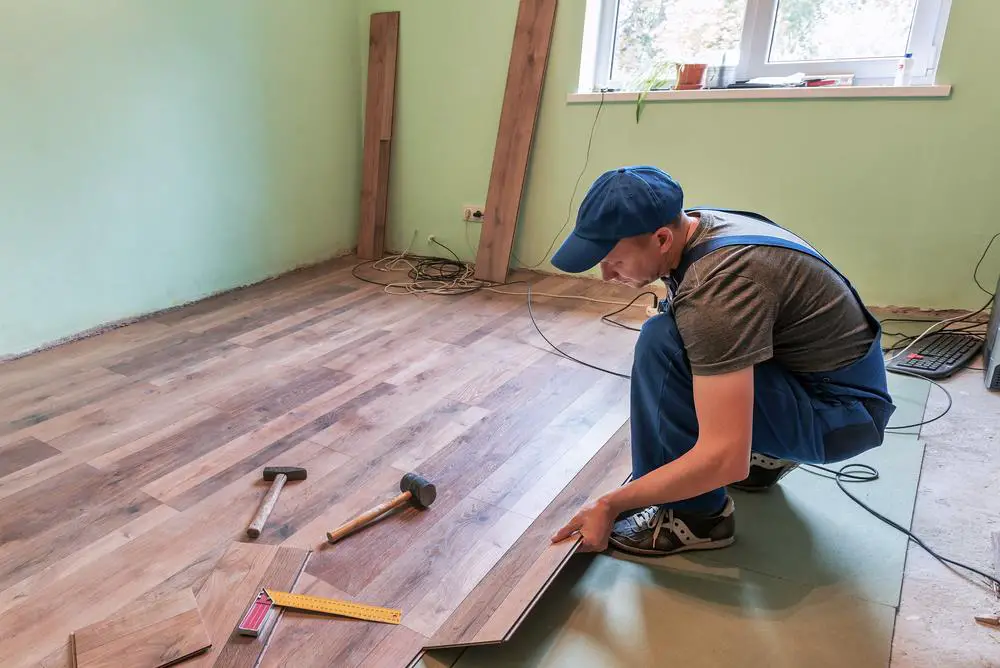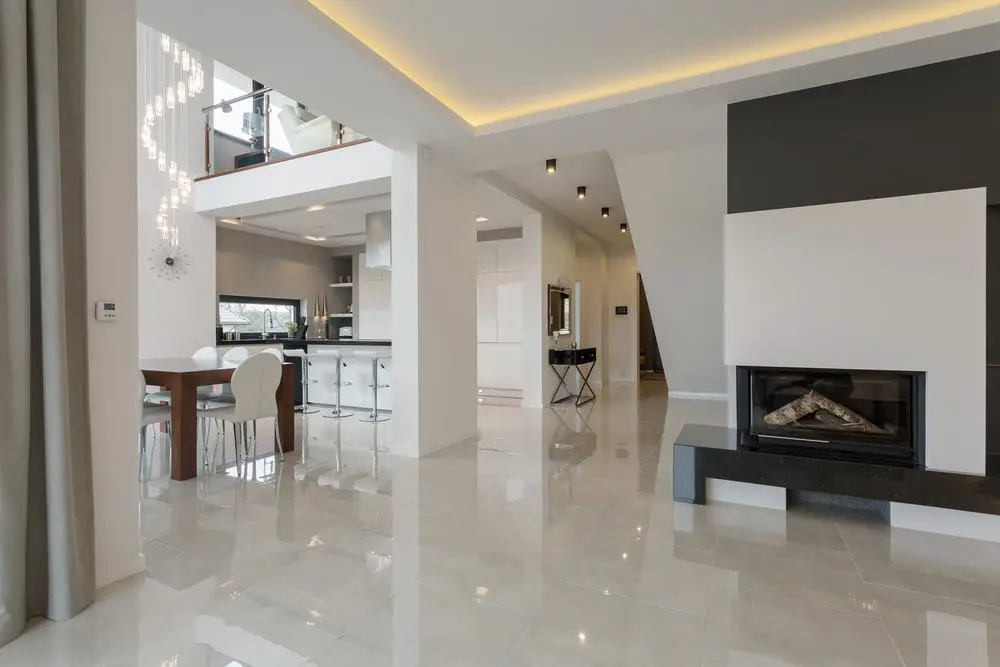When you’ve decided to renovate a fixer-upper, one of the easiest ways to transform the space is by installing new flooring. Whether the home currently has old carpet, cracked tile floors, or outdated vinyl flooring, you can give the space a dramatic makeover by installing beautiful new floors. New flooring will not only revive the space but can also create a fresh new look that enhances the style, theme, and ambiance of the home. Here are some tips and ideas for renovating your fixer-upper with new flooring:
Invest in Longevity and Durability
If you plan on keeping the home for many years and don’t anticipate doing any major renovations after this one, consider investing in the flooring that is least likely to get scratched, start buckling, or require costly repairs, such as:
- Bamboo — Bamboo flooring is a very durable type of flooring material and comes in a variety of shades and plank widths. You can create a classic hardwood flooring look with brown and tan shades or something more modern and trendy with antique gray or dark red shades. You’ll need a professional installer to make sure the bamboo planks are installed perfectly, but the investment can be worth it in the long run.
- Natural Stone — Stone tile flooring is another option when you’re considering flooring materials that will withstand the test of time. Granite is the hardest of all natural stones and is very scratch-resistant. Slate and marble are some other popular options for flooring, especially in areas where you want to create a more dramatic look. You can find stone tile in a variety of finishes and colors to create the ideal ambiance for your living space.
- Hardwood — Hardwood floors are fairly easy to maintain but will require using a special hardwood floor cleaner. They will last for decades and can be sanded down or polished when it’s time for a refresh. However, hardwood floors will show signs of wear and can get damaged when exposed to moisture. They may warp in extremely hot and cold environments, so, if you live in a humid climate, hardwood floors may not last as long as you would like. For these homeowners,tile flooring can be an attractive alternative to hardwood.
- Laminate — If you’re on a tight budget but want the look of wood, laminate flooring may be your best option. Laminate flooring is less expensive than real wood and is also cheaper to install. Today’s laminate flooring manufacturers use advanced technologies and techniques to achieve lifelike finishes that replicate the grain patterns and even texture of hardwood flooring. You can choose from distressed styles, high gloss finishes, and even hand-scraped textures when you want to transform your space. Laminate floors are stain and scratch-resistant, so you can maintain the floors for years to come.
- Vinyl Plank — Vinyl plank flooring is another versatile option for virtually any space around the home. It’s designed to be stain and scratch-resistant like other types of flooring and is also inexpensive. You can find vinyl planks in several thicknesses, widths, colors, and designs to transform your living space.
Leave Room in the Budget for Installation

Renovating a fixer-upper means you’ve probably set aside a budget for all your materials, contractors, and any DIY projects. When it comes to installing new flooring, you really need to consider whether you’re confident enough in your DIY skills to handle the project or if you should hire a professional. While you will save money by doing it yourself, you also run the risk of making costly mistakes and spending more time than you planned on the project.
Easier DIY Flooring Options
Vinyl flooring is one of the few types of flooring you can install on your own and is typically installed with an adhesive on top of the underlayment. Engineered wood planks are another popular option for DIY projects. Unlike solid wood, engineered planks are made with thin sheets of wood veneer and can also “float” on top of an underlayment for an easy installation.
Laminate flooring is another floating floor option. Since it’s made of plastic, it’s relatively easy to work with and installation only takes a few hours . Since it’s also one of the more affordable options out there, it’s a popular choice for homeowners working on larger areas or fixer-upper projects.
Consider Your Decor, Style & Theme

You have many options to choose from when it comes to flooring, and it’s important to consider how you’ll be styling the space and what type of furniture will be sitting on the floors before making your final decision.
For example, do you want to invest in luxury vinyl or bamboo floors in heavy-use areas like the family room and hallways when most of the floor will be covered by a rug, runner, or furniture? Is it wise to cut costs with laminate flooring in the living room or master bedroom when you plan on spending a fair amount of time in that room or want to impress your guests?
Taking some time to prepare a decorating plan for your fixer-upper—from the theme and color palettes to the furniture and artwork—can help you make the right decision on flooring. The last thing you want to worry about is the color of the floors clashing with the wallpaper and decor, or how you paid a premium for bamboo and hardwood flooring in a room that’s almost entirely covered with a rug.
Mapping out the details of your interior decorating and design plans before you install your new floors can set you up for a successful home makeover. You can speed up this process by working with an interior designer or decorator. These design professionals will not only help you pick out the right colors and styles of furniture and decor, but can also make recommendations on what type of flooring will complement the theme and ambiance you’re trying to create.
Get Ready for Your Home Makeover
Transforming your fixer-upper with new floors can be a fun and exciting renovation project. Whether you decide to install the new flooring yourself or hire professional installers, you’ll need some time to consider all your options and styles. Use these tips as a guide to help you make the most informed decisions about your flooring project, and start looking forward to your home makeover in a few short weeks.

